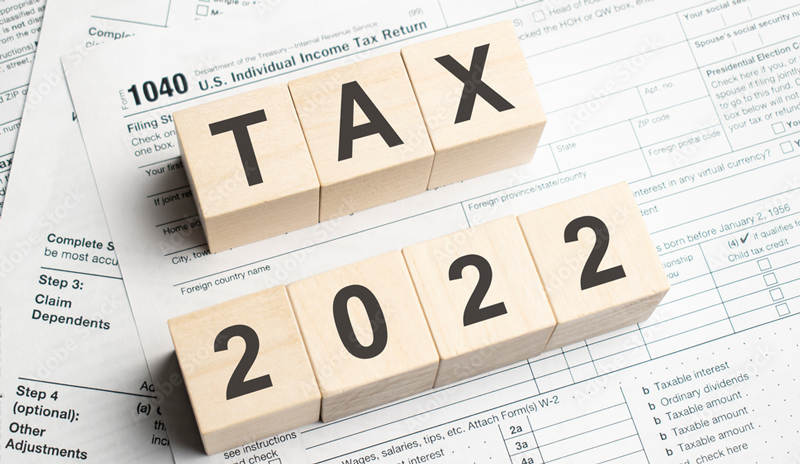New Rules for Tax Year 2022
What’s new in the IRS world… Bad news I am afraid. According to the Internal Revenue Service, refunds may be smaller than in previous years. Why is that? Here are a few of the major changes:
-
Individuals
- Several thresholds’ levels went up in 2022. This means you must have more income in these areas
- Level of income to file an income tax return
- Taxable income levels at which tax on net capital gains and qualified dividend income is applied
- “Kiddie tax” is now $2,300
- Standard deduction increased for each filer status
- Single/Married filing separate – $12,950
- Married filing joint/surviving spouse – $25,900
- Head of Household – $19,400
- Itemized deductions had some changes too
- Medical & Dental expenses is limited to 7.5% over AGI
- State & Local taxes are limited to $10,000
- Maximum amount of foreign earnings increased to $112,000
- Several thresholds’ levels went up in 2022. This means you must have more income in these areas
-
Business
- Standard mileage increased halfway through 2022
- January 1 – June 30 = 58.5 cents per mile
- July 1 – December 31 = 62.5 cents per mile
- Standard mileage increased halfway through 2022
-
Tax Credits
- In 2022, the child tax credit reverted back to pre-Covid amount of $2,000 for each qualifying child under 17 years old and $500 for any other dependent
- The refundable portion of this credit reverted back to $1,500 for qualifying child and nothing for other dependents.
- The EIC (earned income credit) had a change to the maximum income limit for eligibility
- No qualifying children – maximum credit is only $560
- 1 qualifying child – maximum credit is $3,733
- 2 qualifying children – maximum credit is $6,164
- 3 or more children – maximum credit is $6,935
- In 2022, the child tax credit reverted back to pre-Covid amount of $2,000 for each qualifying child under 17 years old and $500 for any other dependent
-
Retirement Plans
- The limits on elective deferrals have increased to $20,500 for qualifying plans such as a 401(k), 403(b), 457 or Federal Thrift Plan
- With a catch-up contribution limit of $6,500 for taxpayers over 50 years
- Simple 401K or IRA plan limits are $14,000
- With a catch-up contribution limit of $3,000 for taxpayers over 50 years
- Contribution limits to a Traditional or Roth IRA is $6,000
- With a catch-up contribution limit of $1,000 for taxpayers over 50 years
- The limits on elective deferrals have increased to $20,500 for qualifying plans such as a 401(k), 403(b), 457 or Federal Thrift Plan
-
Estate & Gift
- The new exclusion amount for estates is $12,060,000
- Gifts made in 2022 are not taxable up to $16,000
What does this all mean? Not much to most of the taxpaying public. But it is good to know the facts. These amounts tend to change from year to year so how can you figure out what next year will look like? Ask yourself a few questions…
- If I am an employee, do I want more in my paycheck or do I want a big refund?
- If I am a sole proprietor, is it time to make the move over to becoming an S-Corp?
- What are the benefits and issues with this change?
- Do I have a retirement plan and how do I maximize it for tax savings?
- When is the best time to get these questions answered?
The last one is easy. Any time before the end of the year, but the sooner you talk with your trusted tax adviser about these questions, the more time you have to implement the changes.


